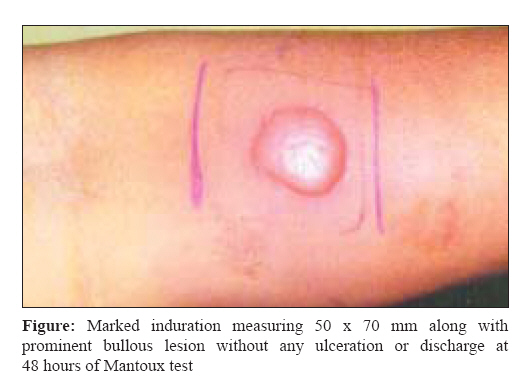

Sometimes the body may compensate by making abnormally large platelets. Platelet transfusions may be used in severe cases with very low platelet counts in people who are bleeding. Refractory ITP (not responsive to conventional treatment or constant relapsing after splenectomy) requires treatment to reduce the risk of clinically significant bleeding. In mild cases, only careful observation may be required but very low counts or significant bleeding may prompt treatment with corticosteroids, intravenous immunoglobulin, anti-D immunoglobulin, or immunosuppressive medications. However, since the diagnosis depends on the exclusion of other causes of a low platelet count, additional investigations (such as a bone marrow biopsy) may be necessary in some cases. ITP is diagnosed by identifying a low platelet count on a complete blood count (a common blood test).

ITP is an autoimmune disease with antibodies detectable against several platelet surface structures. Chronic immune thrombocytopenia persists longer than six months with a specific cause being unknown. The acute form often follows an infection and spontaneously resolves within two months. Two distinct clinical syndromes manifest as an acute condition in children and chronic conditions in adults. It causes a characteristic red or purple bruise-like rash and an increased tendency to bleed. Immune thrombocytopenic purpura ( ITP), also known as idiopathic thrombocytopenic purpura or immune thrombocytopenia, is a type of thrombocytopenic purpura defined as an isolated low platelet count with a normal bone marrow in the absence of other causes of low platelets. Petechiae, or small bruise-like markings, may occur in ITP Idiopathic thrombocytopenic purpura, idiopathic immune thrombocytopenia, primary immune thrombocytopenia, idiopathic thrombocytopenic purpura, primary immune thrombocytopenic purpura, autoimmune thrombocytopenic purpura Medical condition Immune thrombocytopenic purpura


 0 kommentar(er)
0 kommentar(er)
